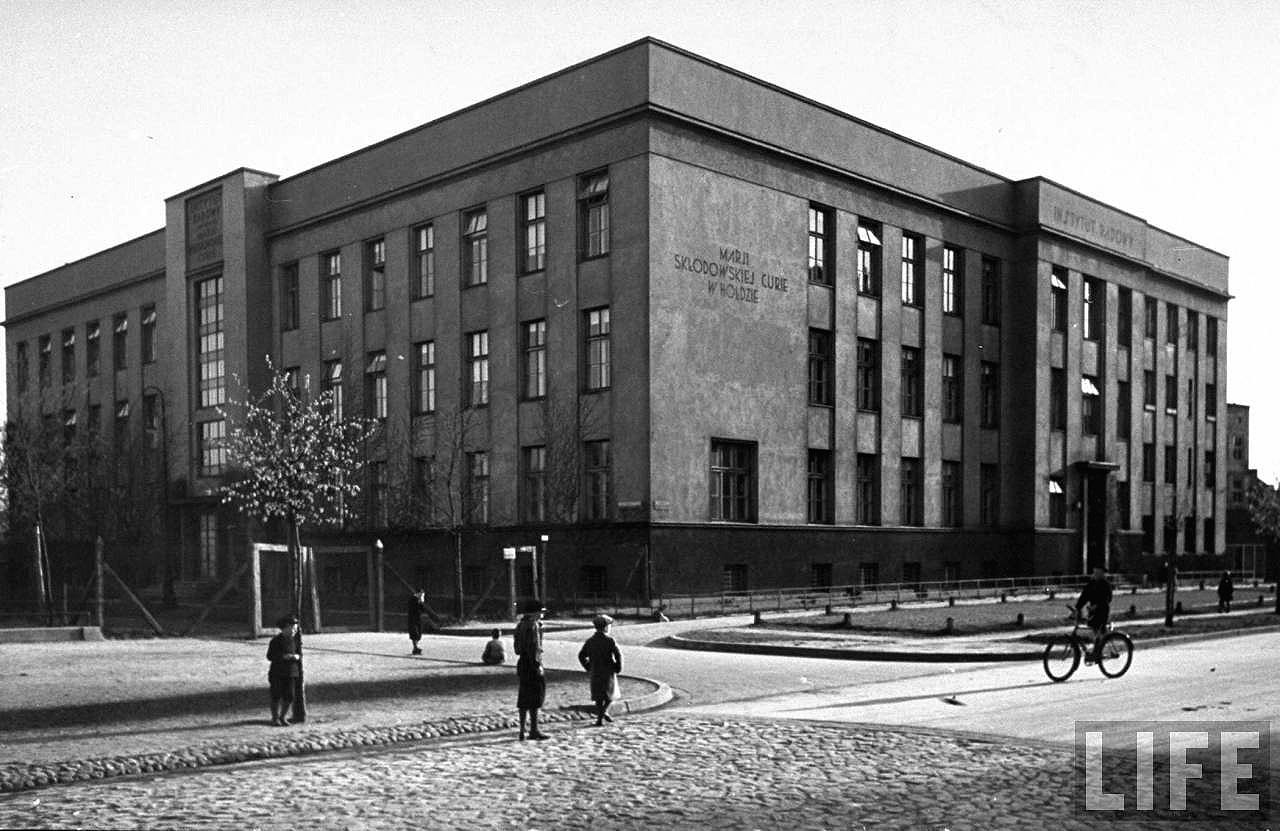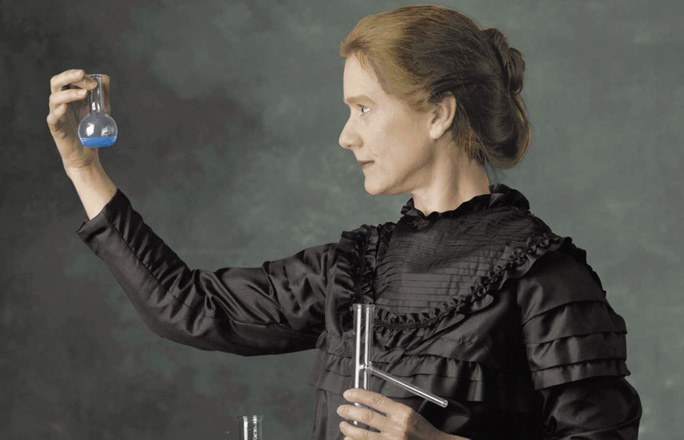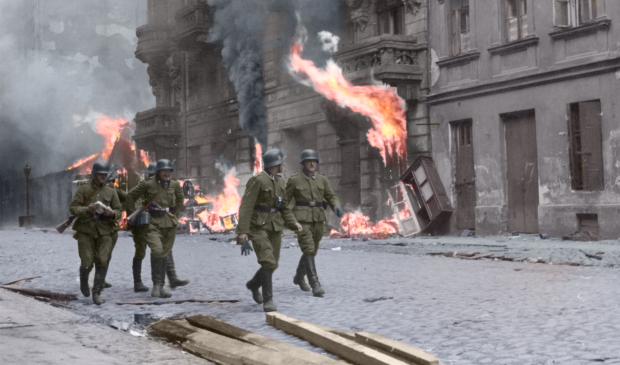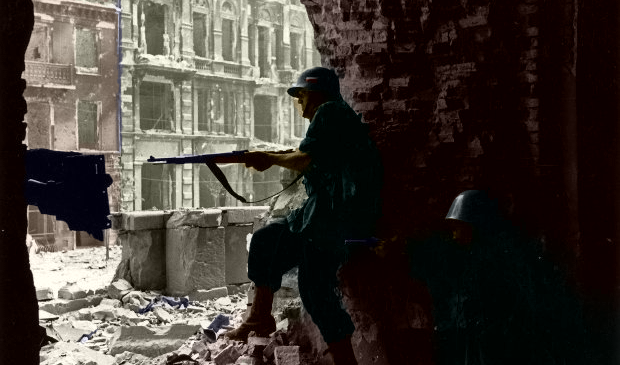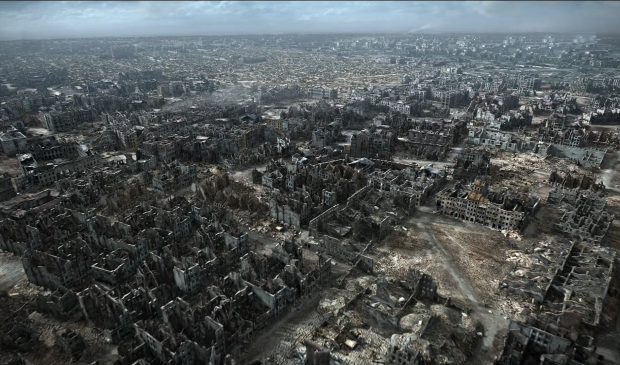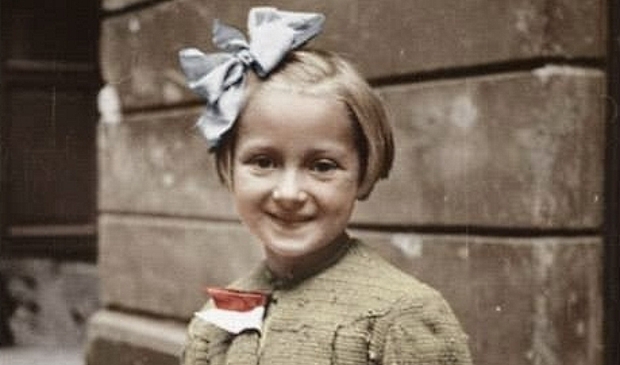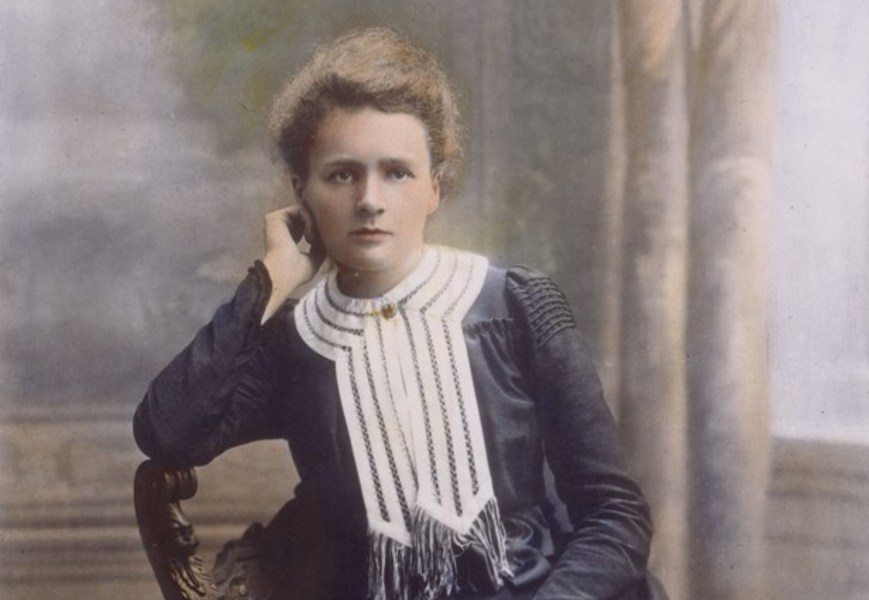
A gram of radium Maria Sklodowska-Curie gave to Warsaw’s Radium Institute she had founded. During the occupation the element was intensely sought by the Germans. To no avail.
Building of the Radium Institute was opened in May 1932. It was the last time the famous physicist and chemist Maria Sklodowska-Curie came to Poland. Ailing, with dizziness, anemia, hands burned from the time she had made discoveries of radioactive elements, she again settled down in Warsaw.
At the opening ceremony of the institute there came all who wanted to show up in the company of world-famous Nobel Prize winner. There was even the president of the Republic of Poland, Ignacy Moscicki present. Gram of radium (the woman scientist had discovered the element in 1898) donated to the institute by Maria Sklodowska-Curie was worth 60 thousand dollars. It was a huge sum. For 100 grams of radium you could build a New York skyscraper by then.
The scientist received a gram of radium as a gift from the American women at the initiative of William Brown Meloney, Robert Nead and Thomas Nead Abel. She brought it from traveling overseas. The element was used in the treatment of cancer patients. The method was not the most effective, because at that time noone knew how to specify the scope of the radium and destruction underwent in a significant portion to healthy tissue as well. However there was no alternative. Other treatments were not known at that time.
Nobel winner dreams in Paris
The idea of the construction of the Radium Institute in Warsaw, in which they could treat cancer patients, sprouted in the head of Maria Sklodowska-Curie in the early 20’s then crystallized during her first trip to the U.S. a year later. She was leaving the deck liner “Olympic” in New York’s port with her heart in her mouth. Honors intimidated her terribly. But day by day she was getting better coped with public speaking and readings. She successfully collected funds for the purchase of radium for her Paris laboratory. The success made her dream of creating a modern Radium Institute in her home city – Warsaw – seemed more real.
In public she told about this dream during celebration of 25th anniversary of the radium discovery in Paris. Reactions did not have to wait long. On December 23rd, 1923, the Polish Committee for Cancer came up with a call for fund-raising to build the Radium Institute in Warsaw. It was to be a “gift to the nation of Maria Sklodowska-Curie”. It was not the best time for that. Yet for two years they managed to collect enough money began the construction in 1925. Nobel Prize winner came to Warsaw to personally lay the foundation stone.
Site for the construction of the institute, at today’s Wawelska street was donated by the University of Warsaw. When digging of the foundations started, the place was extremity of the city. Yet 10 years later the building was virtually void. It was only in the 30s that next door at Pasteur Street buildings of the Faculty of Chemistry began to grow. For a new building was established on the other side of Wawelska street, in Cologne of Lubecki. At the turn of the 20s and 30s of the last century to become one of the trendiest and most photographed new districts of Warsaw.
Site for the construction of the institute, at today’s Wawelska street was donated by the University of Warsaw. When digging of the foundations started, the place was extremity of the city. Yet 10 years later the building was virtually void. It was only in the 30s that next door at Pasteur Street buildings of the Faculty of Chemistry began to grow. For a new building was established on the other side of Wawelska street, in Cologne of Lubecki. At the turn of the 20s and 30s of the last century to become one of the trendiest and most photographed new districts of Warsaw.
Germans demand radium
“When the occupation began, Germans learned about the radium and wanted to commandeer it. Doctors gave then false preparations while the originals were put into the cage hidden in the wall. Germans did not believe that they received a real radium and the situation became very dangerous. Dr. Franciszek Lukaszyk exported the councils to his private cottage house. He brought it back after the war, but it costed him his life. He died as a result of irradiation.
One of the radium preparations however remained hidden in walls. It even managed to survive fire in the building. Years after that it was still puzzling that the light-sensitive tapes wore by the staff, darkened all the time. Nobody knew why that happened. During washing of the walls in 1999 the hidden sleeve with radium was found.
In the early days of Warsaw Uprising RONA soldiers (unit created by Germans and composed of Slavic Red Army prisoners) stormed the building of the institute. They murdered the wounded and bedridden patients. They returned again between 9th and 10th of August. They pulled the staff and patients out of the building and killed those in the worst condition. 50 others they took to the transit camp at Grojecka street. Many of those were shot there. In total about 90 people were killed.
The hospital was set on fire. During that most of collected memorabilia of the Maria Sklodowska-Curie and her sister Bronislawa Dluska was destroyed.
A gram of radium given by Sklodowska-Curie was disposed off in the 50’s of last century, when the method of treating patients with irradiation was put to en end.
Maria
Albert Einstein said about maria Sklodowska-Curie that she was the only science person unspoiled by fame. Despite her vast knowledge Maria remained humble and hardworking person. Her strength of will and an open mind led her to the French Sorbonne, where she was the first female professor. As the first woman she was also buried in the Pantheon. She was also the only woman who received the Nobel Prize twice – in 1903 in Physics with her husband and Henri Becquerel for their research on the phenomenon of radioactivity, the second time in 1911 – already by her own – in chemistry for isolating pure radium. And to date she was the only scientist that received the Nobel Prize in two different fields of natural sciences.
0 Comments
Leave a reply
You must be logged in to post a comment.
